The match between Hou Yifan and Nigel Short was decided today. After two successive victories, a solid draw was enough for Short to win the match. Tomorrow Hou Yifan can try to conclude the event on a high note by a win with White.

Jorden met fotograaf Harry Gielen. Foto: Lennart Ootes
In the match Sokolov-Van Foreest, the throwing of rocks merrily continued. Jorden did not deviate from his King’s Indian, but he had cooked up something special. Something very special – something provocative.
Sokolov - Van Foreest
1.c4 Nf6 2.Nc3 g6 3.e4 d6 4.d4 Bg7 5.Be2 0–0 6.Be3 Nc6
New in this match. Earlier Van Foreest played 6...e5 and 7...a5 resp. 7...Na6.
7.d5 Ne5 8.f4 Neg4 9.Bd2 Nh6!?
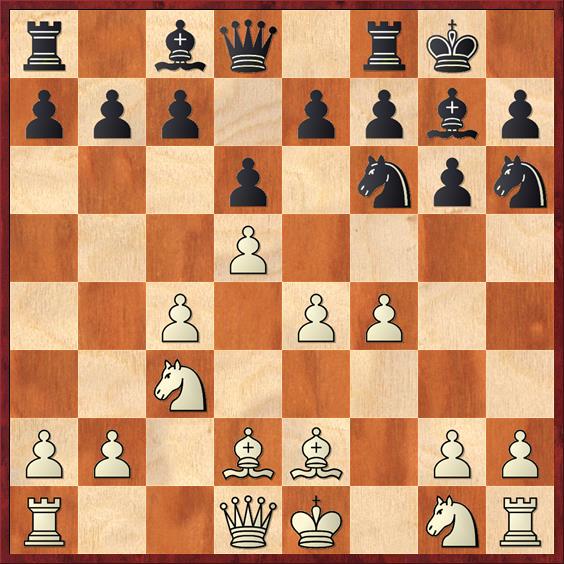
A novelty prepared at home, and a rather bizarre-looking positioning for the knight. In this position, the more logical 9...h5 was tried twice. Sokolov’s verdict was more or less clear: ‘Nakamura also played 1.e4 e5 2.Qh5 once... but that was Nakamura. There are also other moves.’
10.Nf3 c6 11.0–0 cxd5 12.cxd5 b5
Now Black’s play does begin to take shape. Sokolov consolidates his centre.
13.Bd3 b4 14.Na4 Bd7 15.Kh1 Nh5 16.Rc1
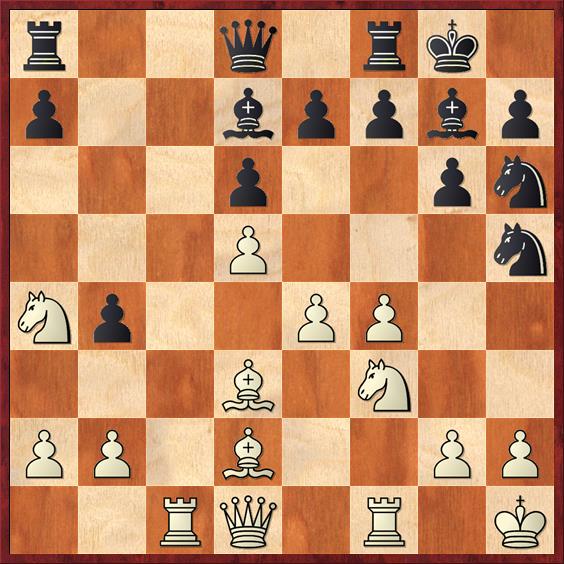
16...Qa5?!
This doesn’t turn out well. Alternatives were 16...Ng4 or, if necessary, first 16...f5 17.e5 and then 17…Ng4. But 16...Rc8 looks the most logical.
17.b3 Rac8
And here, 17...Bb5 18.Bxb5 Qxb5 was interesting, so as after 19.Rc4 Rac8 20.Rxb4 to play 20…Qd3, with active play as compensation for the pawn.
18.a3 Bc3 19.Nxc3 bxc3
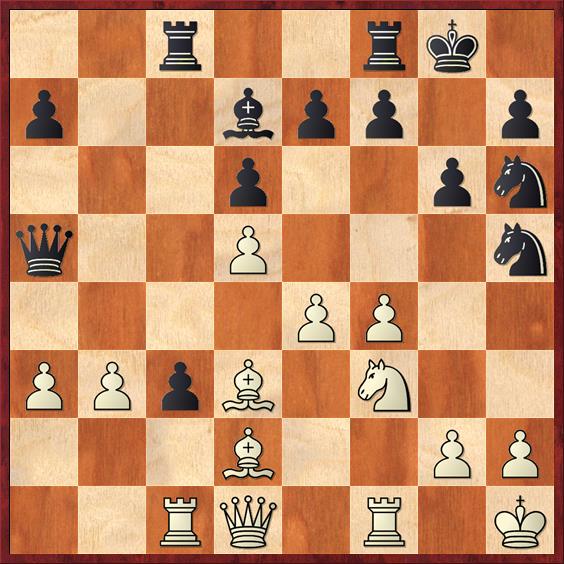
20.Rxc3!
A wonderful combination.
20...Rxc3 21.Qa1
21.Qe1 Qxa3 22.Bxc3 Qxb3 was less clear.
21...Rfc8
Led by Robert Ris, the audience in the commentary room enthusiastically analysed the queen sacrifice 21...Qxd5!, which looks like best chance under the circumstances. White has a choice: he can either accept with 22.exd5 Rxd3, after which Black has some activity for the material at least, or White can play it safe with 22.Qxc3, for example: 22...Qb7 23.Qb4 or 22...Qa8 23.Qd4.
22.Bc4!

But this spells big trouble for Black.
22...Bb5
Also here Van Foreest could have tried a queen sacrifice: 22...R3xc4! 23.Bxa5 Rxe4 and this too would have offered some practical chances. ‘This seemed to me to be his only chance’, Sokolov said. ‘It has to be good for White, but it’s certainly not easy.’ The best reaction seems to be 24.Rc1 or 24.Re1.
23.Bxc3 Qa6 24.Nd2 Bxc4 25.bxc4
Now White is simply a healthy pawn up, and the black knights still don’t have much to do.
25...Rb8 26.a4 Ng4 27.Rf3
Preventing all counterplay.
27...Qb6 28.h3 Ne3 29.a5 Qc5

30.Bd4 Nc2 31.Bxc5 Nxa1 32.Bd4
A small subtlety: after the immediate 32.Bxa7 Rb2, the white knight is under attack. It doesn’t matter much: after 33.Rf2 Nxf4? 34.Bd4 White wins a piece, while 34.Nf1 also wins easily due to the passed a-pawn.
32...Nc2 33.Bxa7
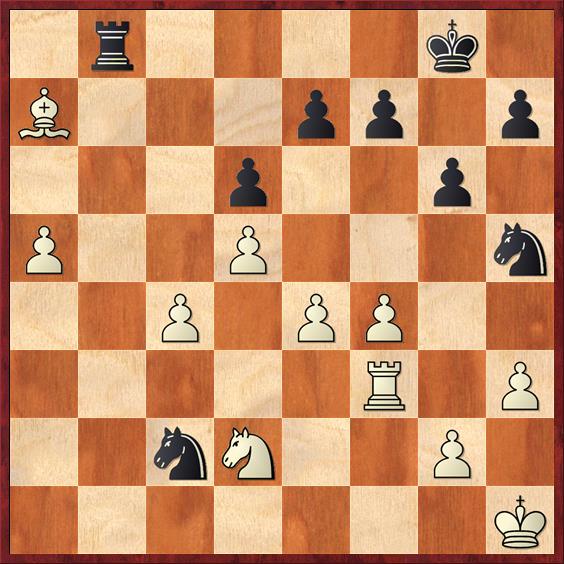
The black player could have saved himself the rest.
33...Rb2 34. g4
Nf6 35. e5 dxe5 36. fxe5 Nd7 37. Rb3 Ra2 38. Rb7 Nxe5 39. Rxe7 Rxa5 40. Nb3 Kf8
41. Rxf7+ Kxf7 42. Nxa5 Na3 43. c5 Nb5 44. Bb6 Nc3 45. d6 Ke6 46. c6 Nxc6 47.
Nxc6 Kxd6 48. Nb4 Ke5 49. Kg2 h5 50. Nd3+ Ke4 51. Nf2+ Kf4 52. Bc7+ Ke3 53. g5
Nd5 54. Bg3 Ke2 55. h4 Ne3+ 56. Kh3 Nf1 57. Nh1 Kf3 58. Be5 Ne3 59. Ng3 Nc4 60.
Bc7 Ne3 61. Bb8 Nc4 62. Nxh5 Ke4 1-0

Photo: Lennart Ootes

Photo: Lennart Ootes

Photo: Lennart Ootes
The game from the other match had roughly the same course as the first two: quiet, positional – White presses but doesn’t really achieve anything.
Short – Hou Yifan
1.c4 c5 2.Nf3 Nc6 3.Nc3 e5 4.e3 f5
Hou Yifan tries to liven up the game – unfortunately for her, White can virtually force a queenless middlegame on the board here where he doesn’t run any risk.
5.d4 e4 6.d5 exf3 7.dxc6 dxc6
7...fxg2 8.cxd7+ Qxd7 9.Qxd7+ Bxd7 10.Bxg2 would produce a somewhat ‘tidier’ pawn structure; after 10...0–0–0 White is a tad better.
8.Qxd8+ Kxd8 9.gxf3
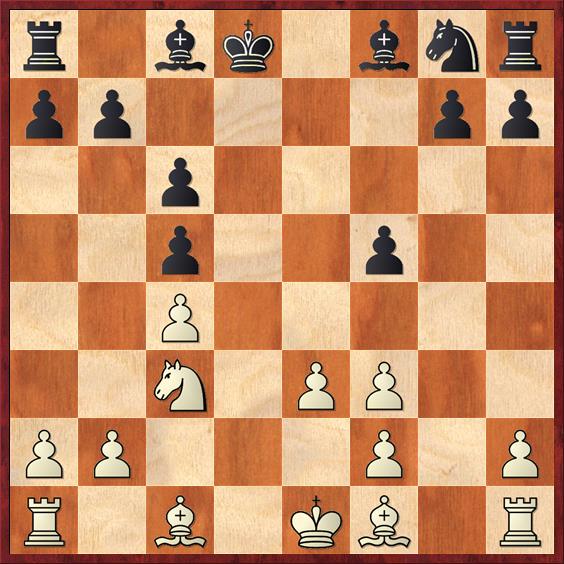
A kind of Berlin Wall with for White a bishop pair and a doubled pawn as well.
9...Nf6 10.b3 g6 11.Bb2 Bg7 12.Ne2
First White secures the long diagonal.
12...Ke7 13.Nf4 a5 14.Nd3 b6 15.Bg2 Bd7
Black could have ventured 15...a4!? here. Whether 16.b4 a3 17.Bc3 Ra4!? was any good, is unclear. In any case, Short now definitively prevents it.
16.a4 Rhd8 17.h4 Be8 18.Ke2 Ra7 19.Ne5
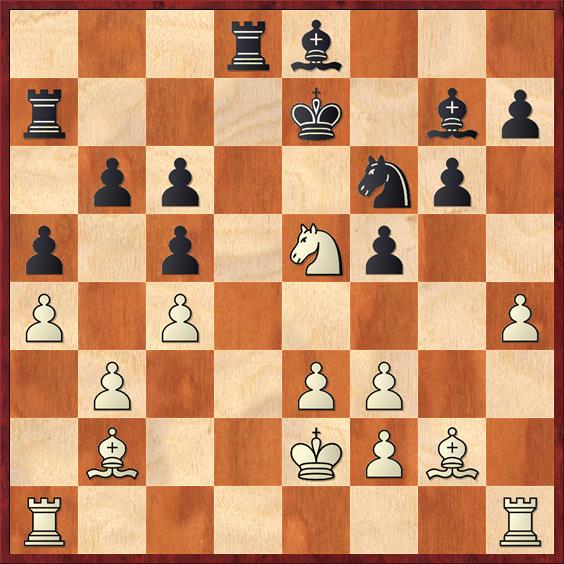
19...Ke6
So as not to run into a check on g6 after a knight move. Here, today’s commentator Robert Ris came up with the interesting idea 19...f4!?, which mainly serves to keep the long diagonal closed. Short thought he could then play 20.Bh3 Nh5 and Lg4 – which cannot be played right away in view of 21...fxe3 22.fxe3?? Ng3+ – therefore first, let’s say, 21.Rhd1. On the h3-c8 diagonal the bishop is also good, but this looks playable for Black.
20.Rad1 Raa8 21.Nd3 Nh5 22.Bxg7 Nxg7 23.f4 Nh5 24.Ne5 Rxd1 25.Rxd1 Rc8 26.Bf3 Nf6 27.Kf1 Ke7 28.Kg2 Ke6 29.Kg3 Ke7 30.Re1
For a long time, Short was contemplating the idea of 30.h5 gxh5 31.Kh4. The problem is here that Black first prevents the passage of the king by 31...h6 and then has ...Ng4.
30...Rd8
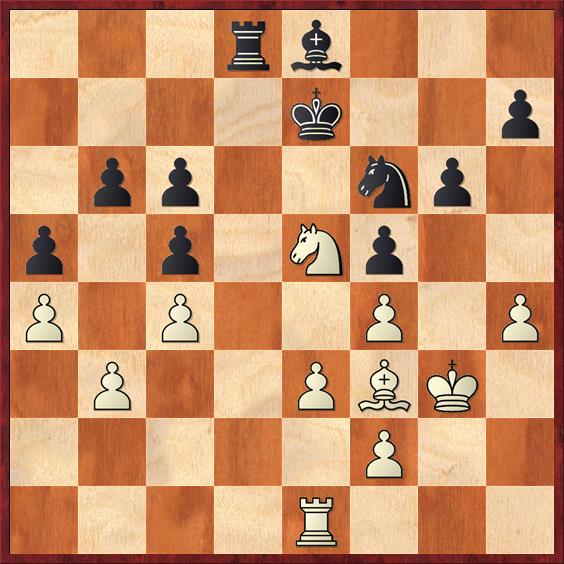
31.e4 fxe4 32.Bxe4 Nxe4+ 33.Rxe4 Kf6 34.Re3
This doesn’t yield White anything either. While the black bishop is certainly bad, there are no targets in her position.
34...Rd1 35.Ng4+ Kf7 36.Ne5+ Kg7 37.f3 Bd7 38.Nxd7 Rxd7 39.h5 Kf7 40.hxg6+ hxg6 41.Kg4 Kf6 42.Re8 Rd1 43.Rf8+ Ke6 44.Rb8 Rg1+ 45.Kh3 Kf5 46.Rf8+
Both players keep the door shut.
46...Ke6 47.Rb8 Kf5 48.Rf8+ ½–½
This draw put Short on 3½-1½, and so Hou Yifan can no longer draw level in the match.

Foto: Lennart Ootes

Foto: Lennart Ootes

 .
. 






















